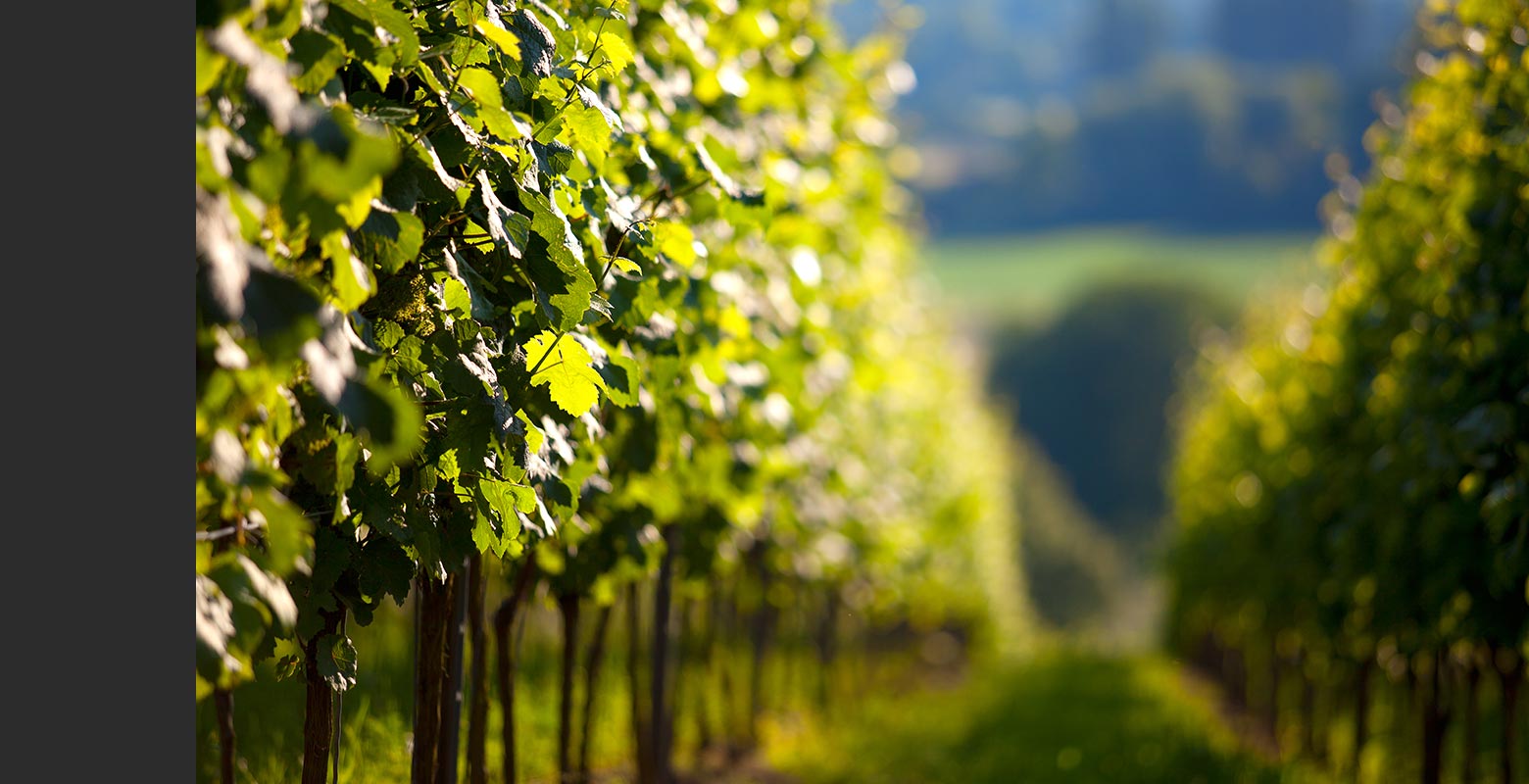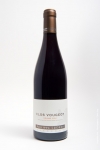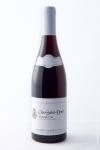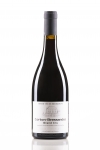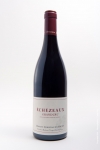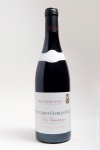Charmes-Chambertin Grand Cru (Red)
La Côte de Nuits - Pinot noir
![]() Grand cru
Grand cru
Durée de conservation
10 to 25 ans
Température de service
15°C
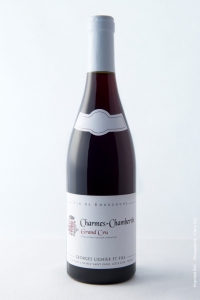
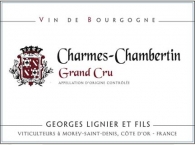 Télécharger le pdf
Send by email
Télécharger le pdf
Send by email
Origine
The Charmes-Chambertin Grand Cru appellation extends over a 30.83-hectare land area, which makes it the largest Gevrey-Chambertin grand cru growing zones; one of this label's particularities is the potential presence of two distinct names: Charmes-Chambertin or Mozoyères-Chambertin. The estate's holdings span 0.0852 ha. The soil is a clayeylimestone, with a fertile topsoil (30 cm thick) overlying the bedrock.
Vinification
The grapes are picked by hand and sorted on the domaine. The proportion of whole bunches used varies from 10 to 30% depending on the vintage.
Vinification:
- Cold pre-fermentation maceration for 3-5 days
- Followed by 4-5 days fermentation when the must is transformed into wine using indigenous yeasts
- 3-4 extra days are allowed to complete the extraction of the soluble matter (tannins, anthocyanins, etc.) and give it the time to incorporate into the wine.
%u200BAfter pressing, the new wine is transferred directly to 228-litre oak barrels (25% of which are new). Malolactic fermentation using indigenous bacteria then completes the fermentation process. The wine is aged for 18 months in oak barrels, during which two racking operations are carried out to remove the lees. We bottle the wine ourselves, unfiltered, on the domaine.
Notes de dégustation
An intense red colour. These wines can convey tones of violet, liquorice, vanilla or even roasted coffee. To the nose, they offer aromas built upon black fruit early on, with a solid tannic structure. Over time, the fragrance develops around notes of forest growth and leather. Ageing offers the opportunity for the tannins to loosen, making the wine even silkier in texture.
Mets d'accompagnements
This wine is an ideal match with game, like wild boar and venison, or married with a Roquefort cheese. Maturation conditions are prime for this wine to age extremely well. 10 years after harvest would be necessary for the taste to fully develop. The very best vintages can definitely gain in depth and complexity over 25 years, though a slight sediment always forms over such extended cellaring.
